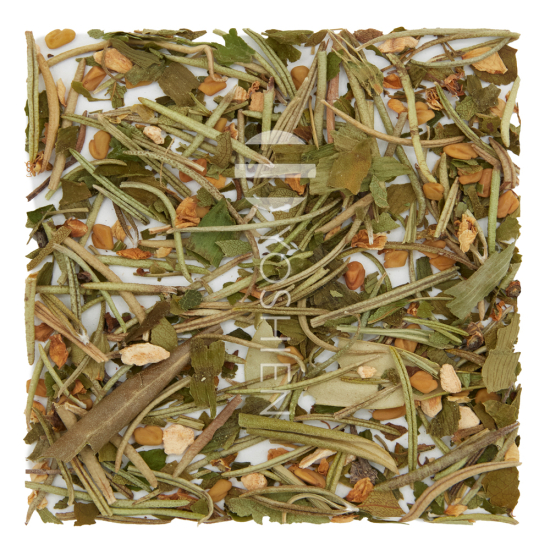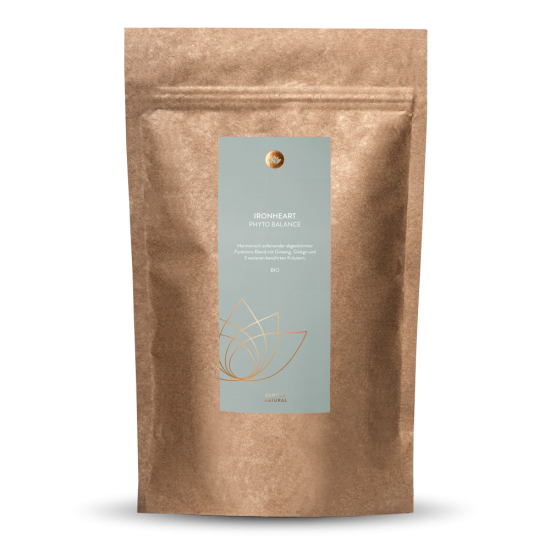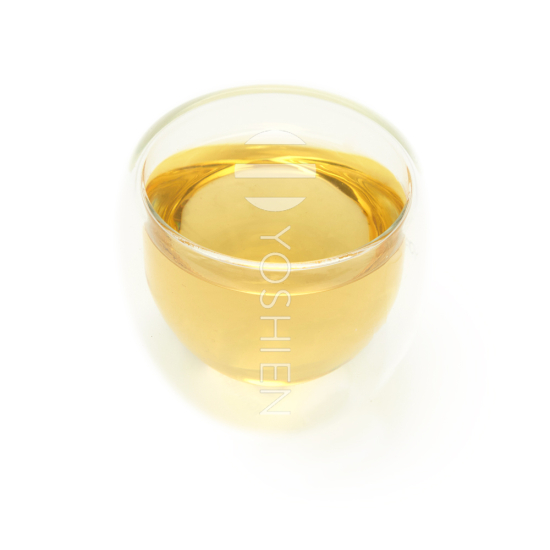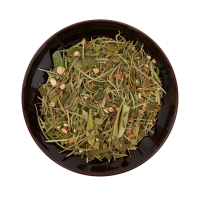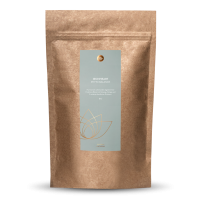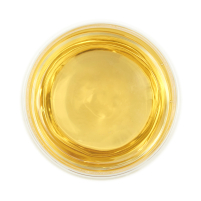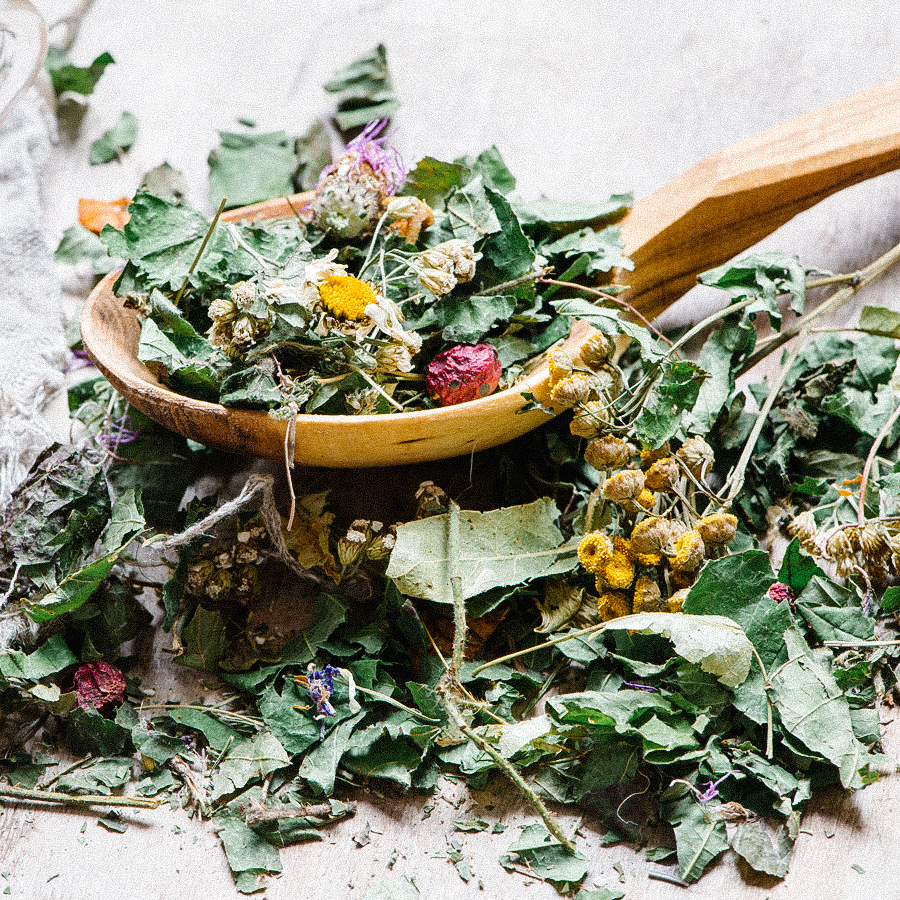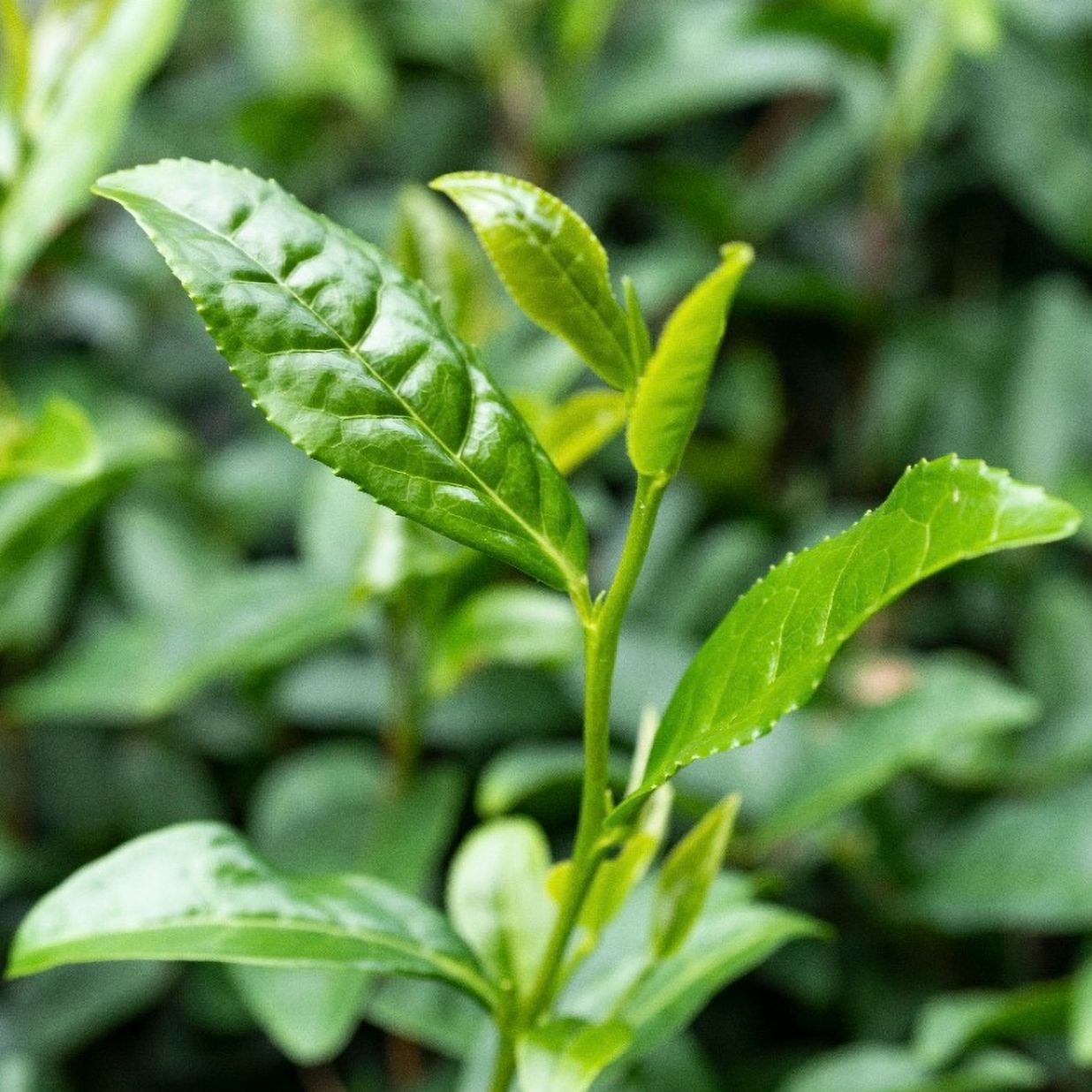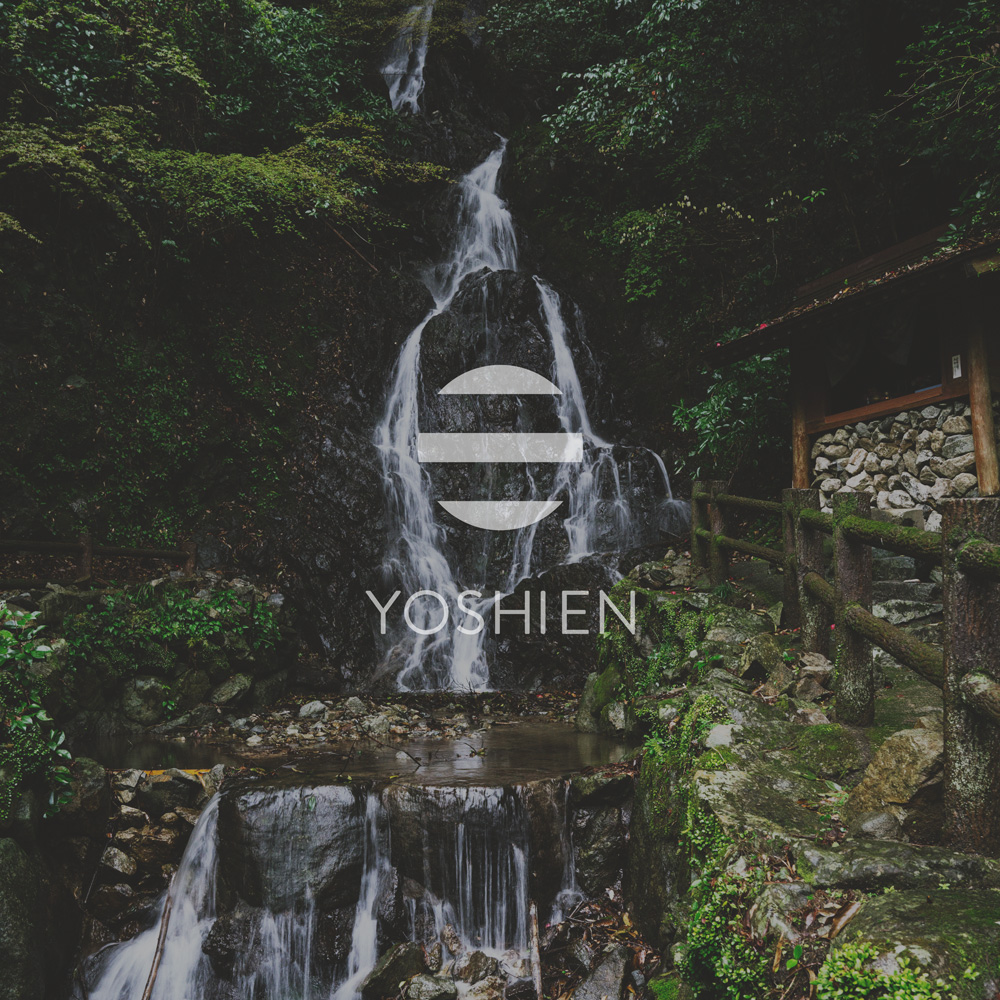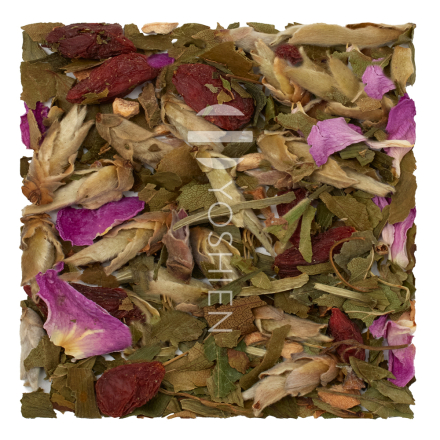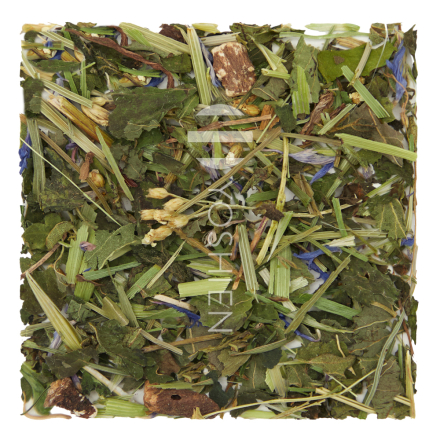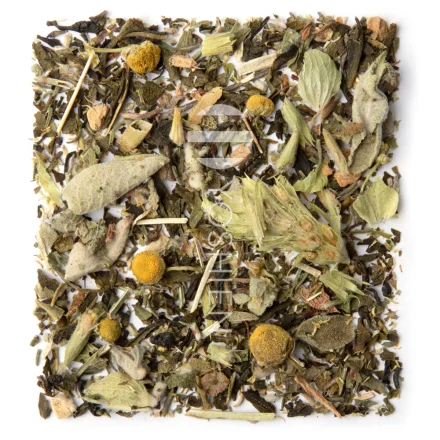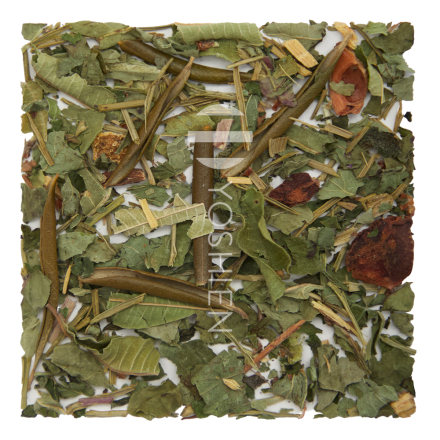Fenugreek
Fenugreek (Trigonella foenum-graecum) is one of the world’s oldest cultivated plants, belonging to the pea family. Its use dates back to around 4000 BCE in the Middle East and Mediterranean, with references to its medicinal benefits recorded in the Egyptian Ebers Papyrus around 1500 BCE. Highly valued across ancient civilizations, fenugreek was also prized for its culinary versatility and use as animal feed. Today, it remains a familiar spice in Middle Eastern and Indian cuisines, appreciated for its distinctive flavour.
Rosemary
Rosemary (Rosmarinus officinalis) originates from the Mediterranean and was introduced to Central Europe as early as the first century. It quickly secured its place in herbal lore and remains one of the most cherished aromatic plants. Famous since antiquity for its intense, flavoursome and invigorating fragrance, rosemary still holds a special place in tradition – even today, it can often be found woven into bridal bouquets.
Hawthorn
Hawthorn (Crataegus), a member of the rose family, is a hardy plant found in temperate regions around the world. For centuries, its dense hedges served as natural field boundaries, marking land divisions and providing enclosure for livestock. Hawthorn has long been revered in folklore and traditional medicine, and to this day, its bright red berries are used in jams, jellies and wines.
Ginseng root
Ginseng (Panax ginseng) is a slow-growing, perennial herb that has long been revered across China, Korea, Japan and the Americas. For more than 2,000 years, it has held an important place in Traditional Chinese Medicine. The Chinese name for ginseng (人參) translates to “human root,” inspired by the root’s resemblance to the human form, while its Greek name, Panax, means “all-healing”. Once harvested, the roots are gently steamed, a process that deepens their colour to a rich red and helps preserve their nutrients.
Ginkgo
The ginkgo tree (Ginkgo biloba) is a living fossil, unchanged in form for millions of years. Native to China but now cultivated worldwide, it has been honoured since 2800 BCE in traditional teachings for its balancing influence on Yin and Yang. In Japan, its seeds are traditionally shared at weddings. Since 1945, the ginkgo tree has become a powerful symbol of hope after a tree near a temple in Hiroshima burned in the atomic blast, yet soon sprouted new life again.



